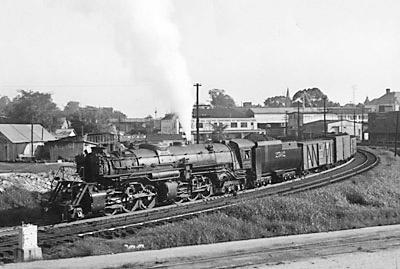
During the latter half of the 1920s the single expansion articulated locomotive had evolved into a very capable machine. It could lug a heavy train over mountain grades, and in flat terrain it could run at the same speed as a 2-8-2. But railroad locomotive superintendents grappled with an unanswered question. Could a simple articulated […]
Read More…

It isn’t much of a stretch to proclaim the 2-8-4 Berkshire-type steam locomotive as the “poster child” of the Super Power era of steam locomotives. “Berkshire,” “Kanawha,” “Big Emma” — regardless of what they were called, the wheel configuration helped advance steam technology through size, speed, and power. The development of the Berkshire all started […]
Read More…
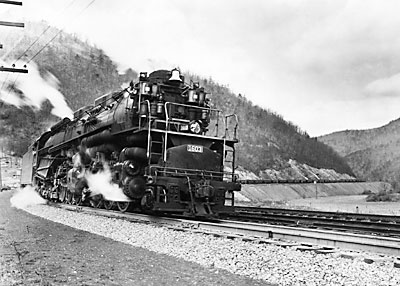
In 1940, the Chesapeake & Ohio needed new locomotives to meet a burgeoning demand for transportation. Its biggest engines were a fleet of single expansion 2-8-8-2s, purchased in the mid-1920s to haul coal on its line across the Alleghenies, where tunnel clearances prevented the use of anything larger. In the 1930s, C&O embarked on rebuilding […]
Read More…
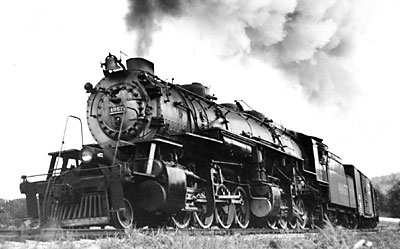
A scant three years after Alco introduced the Mallet to America (with the delivery of B&O’s sole 0-6-6-0 in 1904), the Erie took delivery of three camelback 0-8-8-0 Mallets – the first eight-coupled Mallets, also built by Alco – and put them to work as helpers on Gulf Summit in New York state. In 1909, […]
Read More…
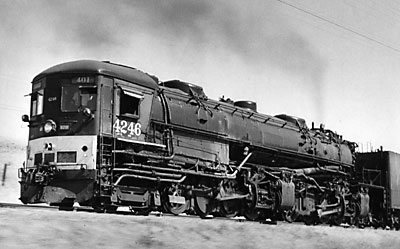
In 1928, the Northern Pacific went shopping for a locomotive that could eliminate doubleheading on the eastern end of its Yellowstone Division between Mandan, N.Dak., and Glendive, Mont. NP’s line through the Badlands had a series of long grades in both directions that made helpers impracticable and had long been one of the railroad’s operational […]
Read More…

Roanoke, Va., headquarters of the former Norfolk & Western Railway and once known as the “Alamo for Steam,” is home to the renowned East End Shops. This facility, still standing today, was where the bulk of the railroad’s steam fleet was built. Among these were three locomotive classes from the 1940s-50s, known as the “Big […]
Read More…
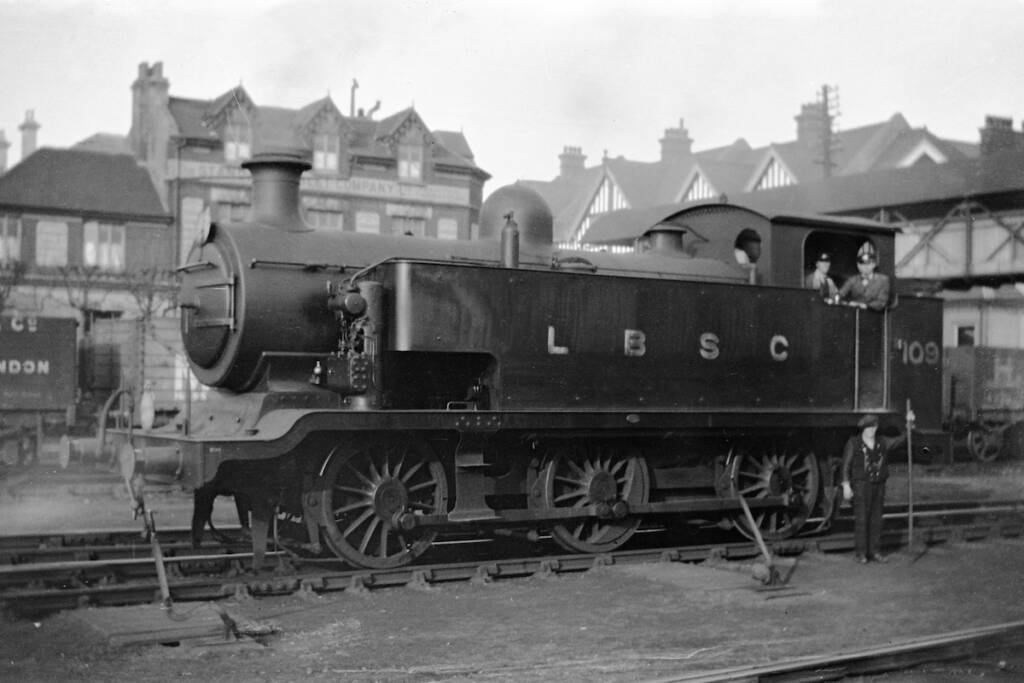
In the 1910s, Lawson Billinton of the London, Brighton & South Coast Railway was tasked with designing a successor to the E1 Class 0-6-0T steam locomotives, designed by William Stroudley in 1874. The “answer” became the E2 Class 0-6-0T that would go on to have a complicated legacy during its flawed career and after its […]
Read More…
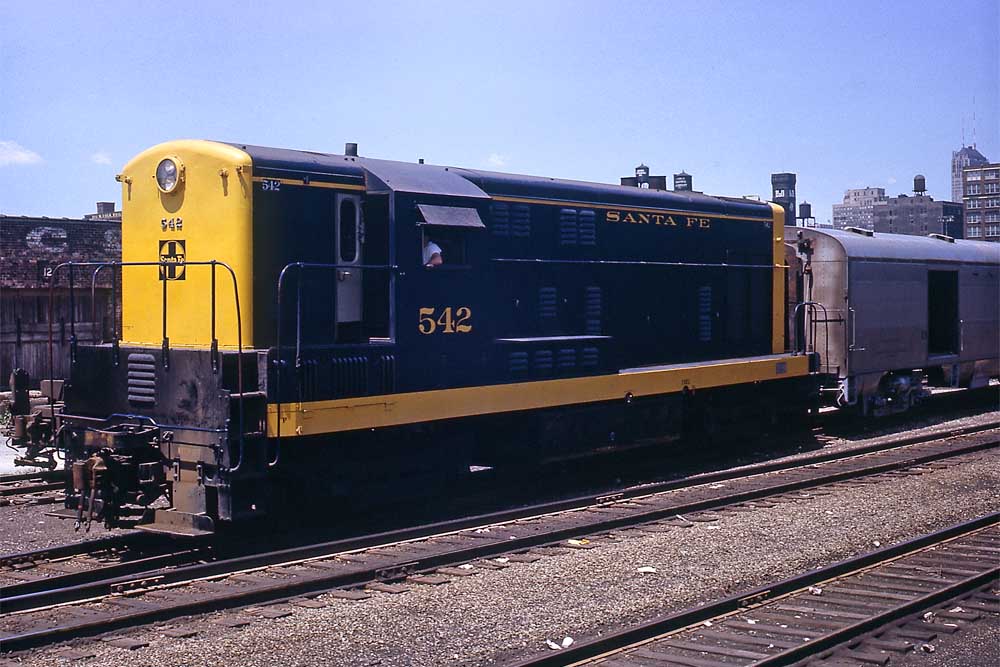
Fairbanks-Morse, the Beloit, Wisconsin-based locomotive manufacturer, was celebrated for its powerful and innovative designs during the transition from steam to diesel. Nevertheless, not all of its creations achieved commercial success. The following examines three Fairbanks-Morse locomotive models that, despite their ambitious engineering, struggled to find a foothold in the market. Fairbanks-Morse H20-44 The H20-44, introduced […]
Read More…
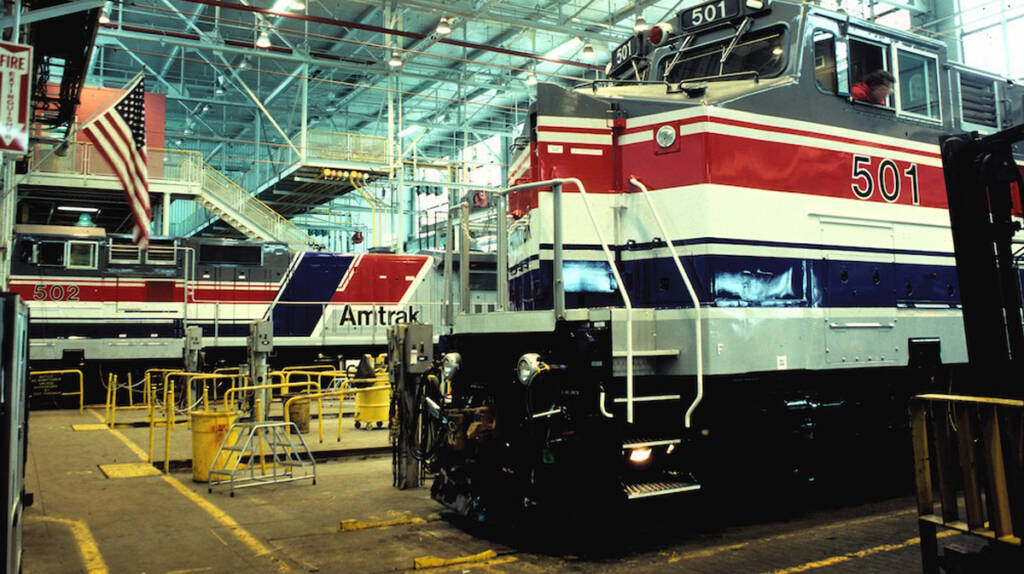
Most railfans will not dispute this statement: The most iconic General Electric locomotives to be employed by Amtrak were the Genesis series. These streamlined, monocoque-body (single shell) workhorses have been everywhere along the passenger carrier’s regional and long-distance services since the 1990s. The impact of the Genesis series locomotives can make it easy to forget […]
Read More…
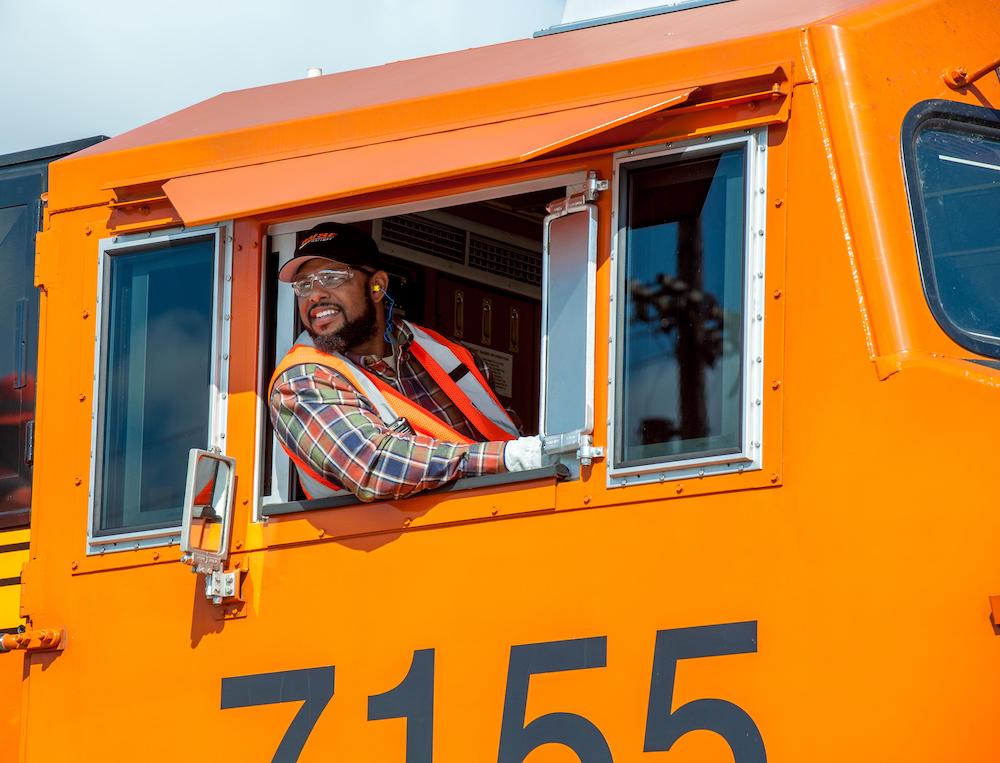
Many of us have had that moment in our lives when we dream of becoming a locomotive engineer. It’s a fascinating career, but what does it take to get there in today’s high-demand world of modern railroading? The First Step: Getting Your Foot in the Door “We get a lot of inquiries from people wanting […]
Read More…
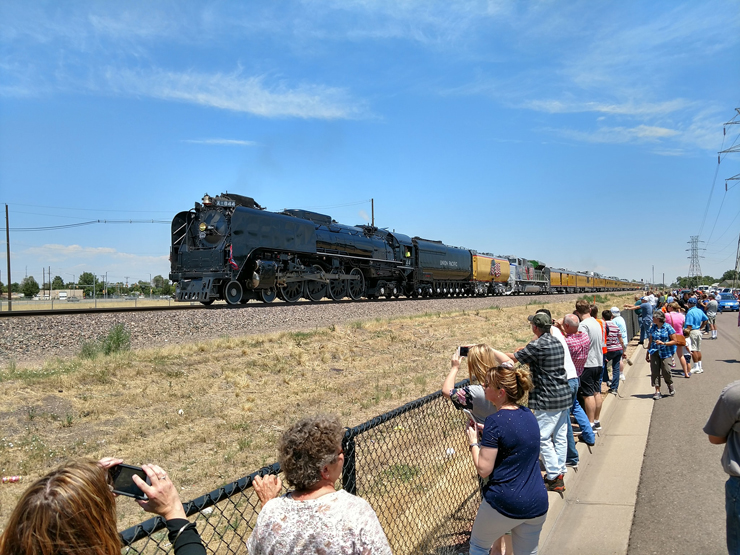
No railroad was better equipped to shoulder the heavy burden of wartime traffic thanks to the three types of Union Pacific steam locomotives that constituted its front line of defense: the 4-6-6-4 Challenger, arguably the most successful simple articulated ever made; the 4-8-8-4 Big Boy, which easily wore the mantle “world’s largest steam locomotive”; and […]
Read More…
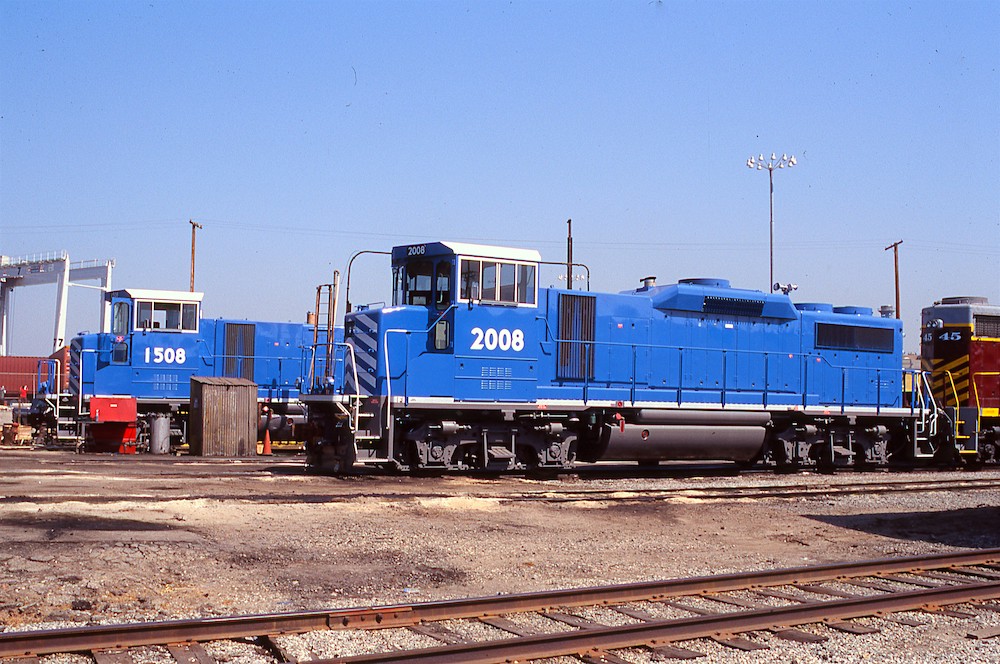
Diesel-electric locomotives are the backbone of modern-day railroading, offering the power and efficiency needed to haul freight and passenger trains across vast distances. Although much of railroading is dominated by relatively new and popular design models, some rare units continue to operate in various capacities today. Here’s a look at some of these gems. GP15D […]
Read More…












